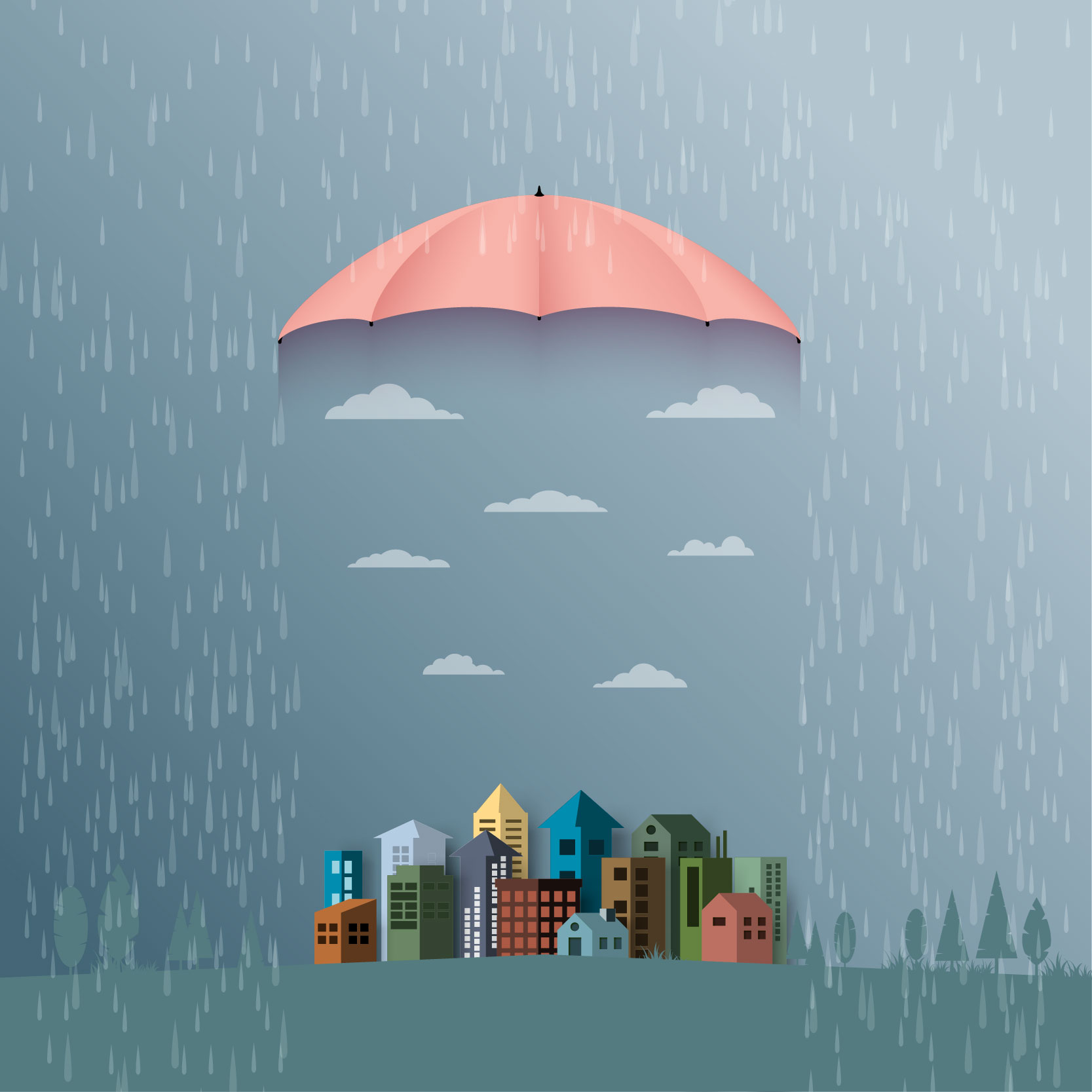
What keeps you up at night?
When we ask “What questions keep you up at night?” to facility managers of manufacturing facilities, the two most common answers we get are:
- How can I reduce expenses that will increase the profitability of my company?
- What more can I do to prevent or minimize costly shutdowns?
When we drill down and ask them which nightmare has the greatest impact on their companies (and, yes, their careers), it’s invariably the second concern. Peel back a few more layers of the onion, and the specter of shutdown has four sets of activities:

These four components are the essence of resilient design. Resilience is sometimes defined as “the ability to bounce back,” whether we are discussing people or buildings or ecosystems. Over the past few years, “resilient design” has begun to overtake the widespread goal of sustainable or green design.
Unlike sustainability, resilient design does not require acceptance of the concept of climate change nor its causes. Resilience is apolitical. In fact, only one of the three groups of threat assessments and responses addresses climate-related shutdowns. These three groups are:
A. Environmental
B. Non-Climate-Related Disasters
C. Social/Anthropogenic Actions
Non-Climate-Related Disasters are events such as earthquakes, volcanoes, nuclear plant meltdowns, flooding from water main break, toxic spills, hazardous exposures, and pandemics.
Examples of Social/Anthropogenic Actions include: foreign-based and domestic terrorism, disgruntled ex-employees, domestic disputes, and infrastructure failure. Sadly, these days, the focus of this source of shutdown is “active shooter response training”.
Those who are the main promoters of resilient design are also a bit different than those who started the sustainable design movement. Aside from those companies that will immediately suffer from shutdowns of their operations (manufacturing or otherwise), the firms that are leading the call for resilient design are in the insurance and banking sectors. The insurance companies risk losing profits if their payouts increase to cover disaster-related damage, injures or loss of life. The bankers’ concern may be more subtle: they hold the mortgages on buildings whose inability to mitigate and minimize shutdowns affect their real estate value to the point that the building’s market value is less than the principal on its mortgage.
Where does sustainable design come in?
There is a convergence where both proponents of resilient design and sustainable design have shared goals. Two examples:
- Resilient buildings do not need repairs that require damaged portions to be put in landfills.
- Resilient buildings require less energy and water so they can weather extended shutdowns.
Both resilient and sustainable design also look at the needs 20 – 30 years in the future, well within the lifespan of most buildings. For resilient design, what will be the shutdown-risking threats then that need to be anticipated now? As some of these threats may involve community food and power shortages, resilient design can include a social equity strategy that exemplifies “doing well by doing good.”
How resilient is your facility? NUTEC offers a Facility Resilience Assessment Program that:
- Identifies the greatest threats.
- Identifies the most vulnerable building systems.
-
Recommends actions to be taken to withstand, to mitigate each threat, and to minimize the shutdown and recovery period, including related implementation costs.